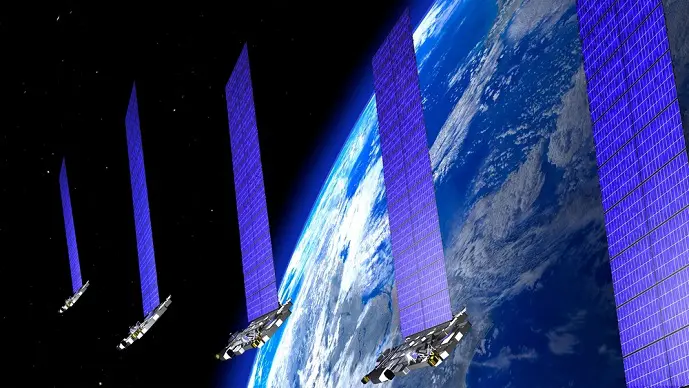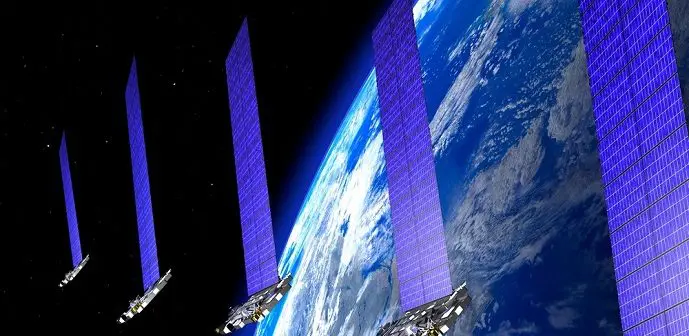
Written by staff writer.
A SpaceX Falcon 9 carrying 55 Starlink satellites into orbit successfully lifted off from Cape Canaveral Space Force Station early in the morning of February 12, 2023.
The launch was SpaceX’s tenth so far this year and marks another step in SpaceX’s ultimate aim to deploy around 30,000 Starlink Gen-2 satellites into space. The launch, at 12:10 am on Sunday(Florida time), saw the rocket pass through 8,000 metres and break the sound barrier within one minute of lift-off.
Starlink is a satellite internet mega constellation designed and manufactured by SpaceX. It will provide high-speed and low-latency internet to people living in remote and rural locations worldwide. A SpaceX spokesperson says Starlink is currently “live” in 59 markets across 47 countries. Just over one hour after lift-off, SpaceX confirmed all 55 of the satellites had deployed without a hitch, adding to the approximately 3,900 Starlink satellites the company has already sent into orbit.
Some 75 seconds after launch, the rocket experienced max q, or the maximum dynamic pressure condition it will experience during the flight. Two minutes and forty seconds into the flight, while travelling at over 8,000 kilometres per hour, the main engines cut off, and stage separation occurred where the second stage carrying the satellites into space separated from the first stage fuel booster.
“Both the ferrying halves flying on today’s mission are flight-proven, just like our booster, with one half flying for the fifth time and the other for the eighth,” said the SpaceX spokesperson monitoring the launch.
Just eight and a half minutes after launch, the first stage fuel booster made a controlled landing on SpaceX’s autonomous spaceport droneship, A Shortfall of Gravitas, located off the Florida coast. The successful landing brought this particular booster’s 12th flight to an end.
With ten launches under its belt this year, SpaceX has been averaging one launch every four days in 2023. The company is targeting 100 launches this year. Sunday’s launch was also notable because it set a new turnaround record for successive launches from the same launchpad (pad 40). Five days, three hours, and 38 minutes previously, SpaceX had sent a Spanish-owned communications satellite into orbit from pad 40.
Late last year, the Federal Communications Commission (FCC) cleared SpaceX to launch 7,500 of its planned 29,988 Starlink Gen-2 satellites. A decision on the remaining 22,000 satellites is pending. SpaceX says the Gen-2 satellites will improve Starlink’s coverage over lower latitude regions and take some pressure off the approximately 4,400 oversubscribed first-generation Ka-band and Ku-band Starlink satellites that the company has launched since 2019.
The FCC said its limited grant regarding Gen-2 deployments “will protect other satellite and terrestrial operators from harmful interference and maintain a safe space environment, promoting competition and protecting spectrum and orbital resources for future use.”
However, the communications agency said the benefits offered by the Gen-2 satellites were clear, offering next-generation satellite broadband to markets traditionally unserved or underserved by terrestrial systems. “Our action also will enable worldwide satellite broadband service, helping to close the digital divide on a global scale,” the agency said.





